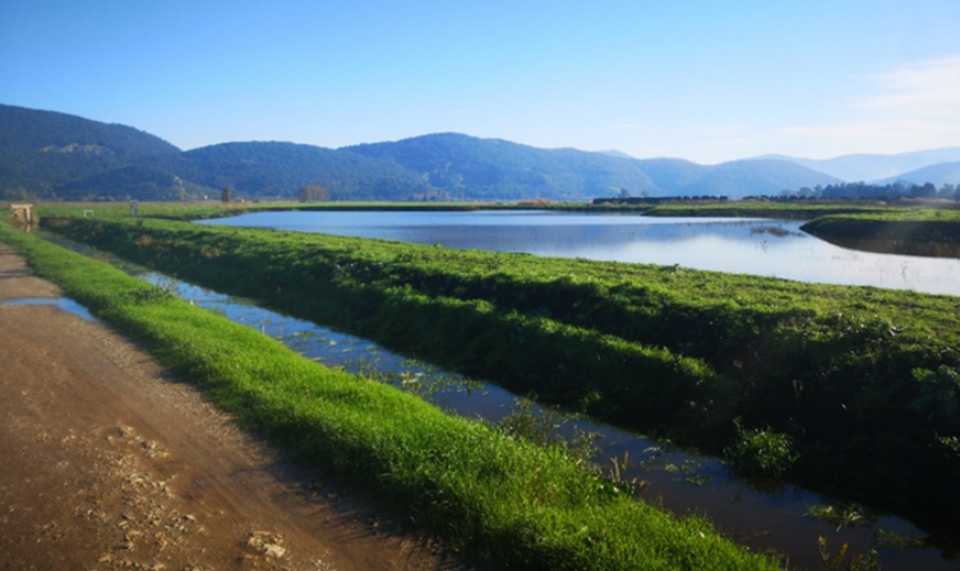
The Serchio River Basin is defined as a basin of national interest according to Italian law. It has been identified as a ‘river basin district’ for implementing the EU’s Water Framework Directive. The unique combination of challenges that are present includes extreme drought and flooding, seismic risk as well as water pollution.
The “Autorita di Bacino Distrettuale dell’Appennino Settentrionale” is the authority that leads efforts to address these risks in a portion of the river basin, Massaciuccoli Lake, through the design and implementation of diversion channel which has been funded by the Ministry of the Environment and the Protection of the Territory and the Sea. The water supply through the diversion channel has been coupled with implementing several NbS techniques to mitigate the effects of climate change and simultaneously increase biodiversity and improve water quality.
The main problem to solve with the implemented NbS measures is the runoff of soil and pollutants from the farmland to irrigation canals and from there to the nearby Lake Massaciuccoli on the Tuscan coast.
Through the H2020 project PHUSICOS sedimentation basin have been implemented to prevent runoff of soil and pollutants from farmlands.
The basin is designed by the Reclamation Consortium Authority with the support of ADBS and external collaborators.
The basin is 160 m wide, 250 m long and has an average depth of 1 m. For the filling and emptying phases, a threshold was created equipped with clapet valves arranged on three pipes each with a diameter of 800 mm. The threshold is protected by a wooden palisade.
The basin is vegetated with water plants of Phragmites australis and Thypha latifolia selected for optimal uptake of pollutants (nutrients and pesticides).
The "Autorita di Bacino Distrettuale dell’Appennino Settentrionale" has collaborated with stakeholders (local farmers and other organizations) to implement these NBSs, including the maintenance and monitoring plans, and explore planning strategies with the overall goal of developing an ecosystem-based management approach for hydrogeological risk reduction in the whole area of the Massaciuccoli Lake.
- reduce runoff of pollutants from the farmland
- a cleaner lake
- well-being for inhabitants and for tourists, as this is an important tourist area
- carbon storage with increased vegetation, which is not harvested
- boosting local green economy
- creating increased cooperation, enthusiasm, and sense of ‘ownership’ among stakeholders (farmers)
- Developing climate change adaptation; improving risk management and resilience
- Increase Biodiversity
- Improve water quality
- Increase awareness of NBS solution & their effectiveness and co benefits
- Increase stakeholder awareness & knowledge about NBS
The potential for upscaling is high in this area, and it is hoped that this will foster the implementation of a territorial management strategy for overcoming the challenging issues associated with runoff from the farmland and mitigating floods.
Living Labs helped increasing cooperation, enthusiasm, and sense of ‘ownership’ among stakeholders (farmers)

